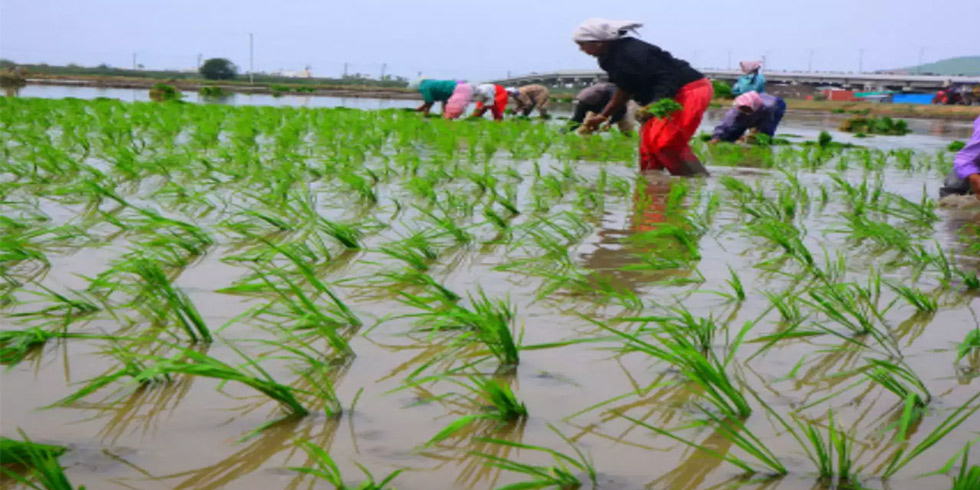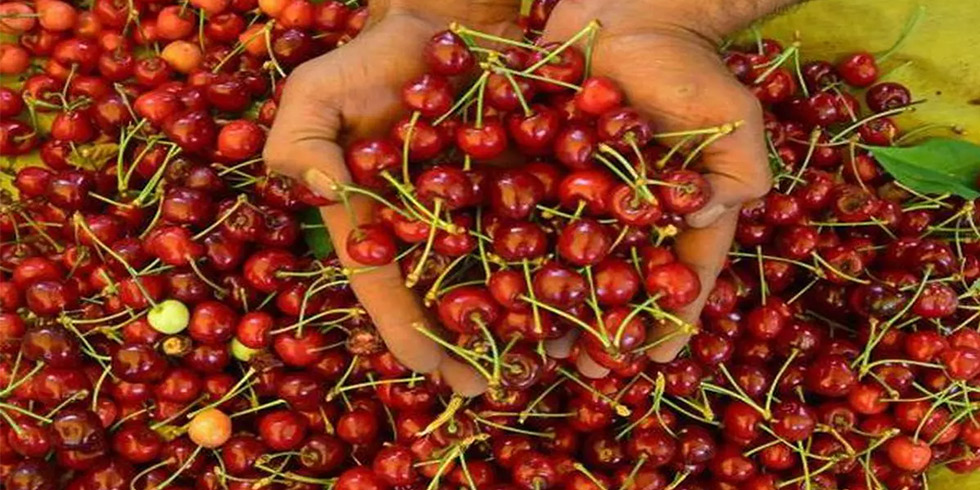India’s seafood products are likely to have a competitive edge in the US markets, thanks to the imposition of an additional tariff of 25 per cent on Chinese imports. “The new decision will definitely be problematic for China. Initially, they could absorb the 10 per cent duty. But the recent tariff hike will not be very pleasant,” a leading seafood exporter in Kochi told BusinessLine.
“We have a dominant position in the shrimp market in the US and this advantage can be fully exploited to garner a significant share in value-added seafood products, where China is very strong due to factors such as cost competitiveness, larger volumes, low labour cost etc,” the exporter said.
“India, at the moment, has not made any inroads in this segment, especially in ready-to-fry, ready-to-eat, heat & serve products. Immensely less domestic companies are involved in the export of value-added seafood products. The emerging situation has given firms here an opportunity to enter the US market in a big way. But it will take time. We have the raw material to meet the demand,” he said.
Marine Products Export Development Authority (Mpeda) figures reveal that India exported 35,000 tonnes of valued-added products, worth $350 million, to the US market in FY18, registering a 40 per cent growth over the previous year. The products include prepared and preserved food, cooked shrimp, pasteurised crab etc. Overall seafood exports to the US market during the period were to the tune of $2.3 billion with frozen shrimp as the flagship item of exports.
Currently Chinese companies are sourcing headless raw material from countries such as India, Bangladesh and reprocessing it in special consumer packs before catering to the US markets. With the additional tariffs, China would lose this advantage and US buyers would prefer to buy such products from India, said Shaji Baby John, CMD, Kings Group of Companies.
They are not seasonal buyers and they need the product throughout the year. To meet the emerging opportunity, seafood processing units here should upgrade with more storage space, hygiene plants etc on par with Chinese units, he said. To take on China, the global leader in aquaculture production, India should focus more on sustainable aquaculture, embracing newer technologies for which government support is a must, he said. The global market is up for grabs for those who farmed fish in a sustainable environment, he added.
Meanwhile, the decline in seed stocks by 20-25 per cent is likely to affect shrimp production from India in 2019. There is a likely drop of 10-15 per cent against last year’s production of over six lakh tonnes. Stocking has been sluggish due to the fear of losses in the minds of farmers on account of widespread diseases and the low market price at the time of harvest, said D Ramraj, President, All India Shrimp Hatcheries Association.








Add Comment